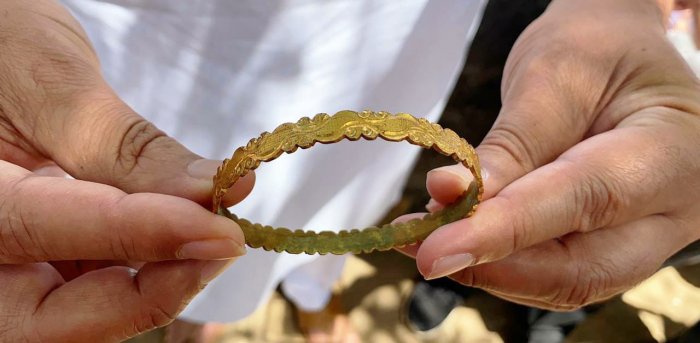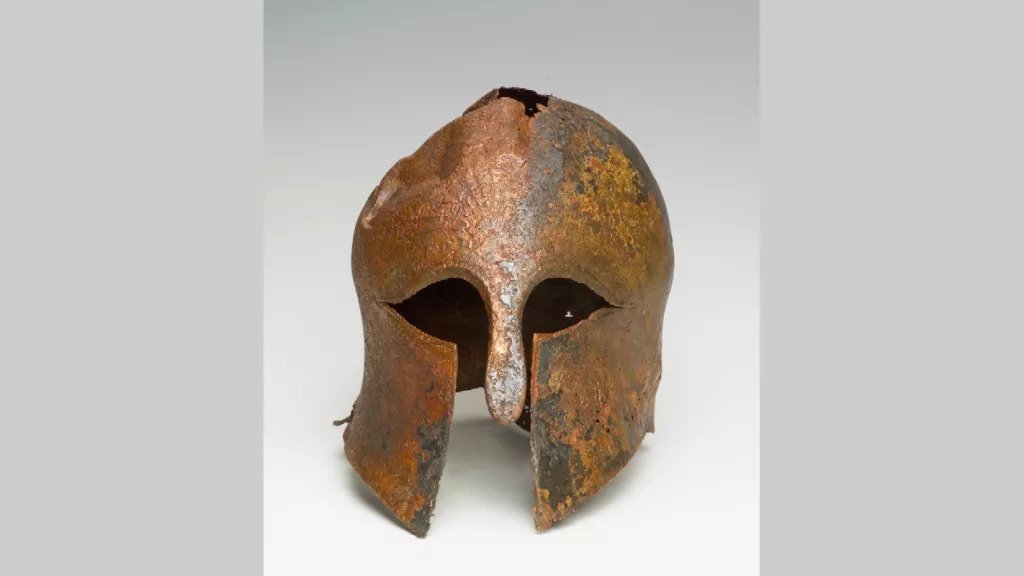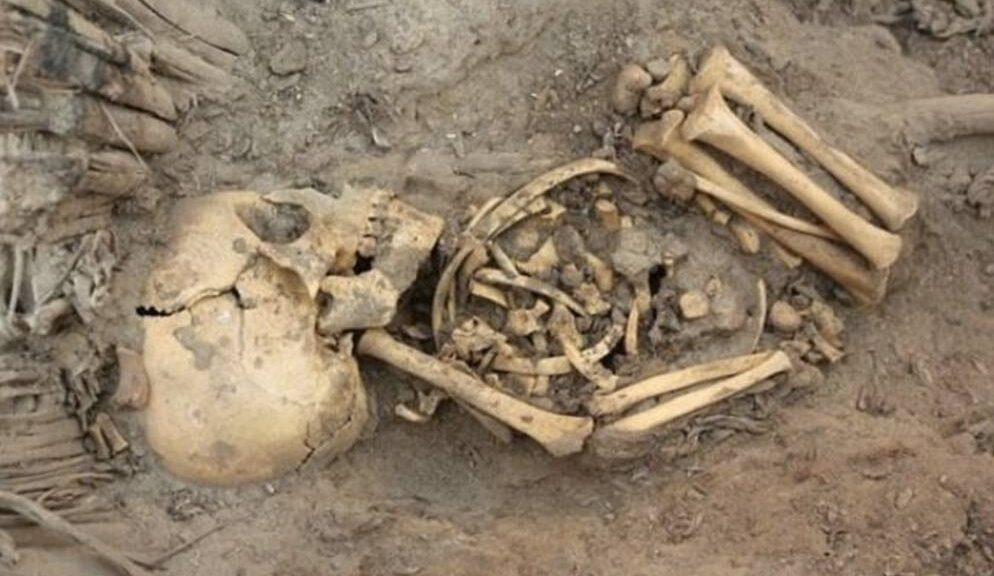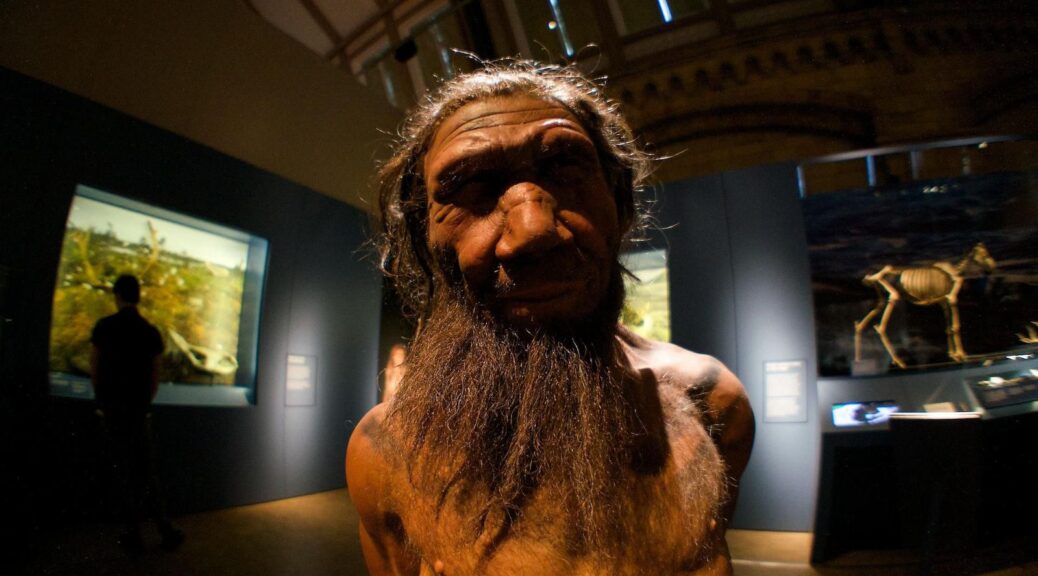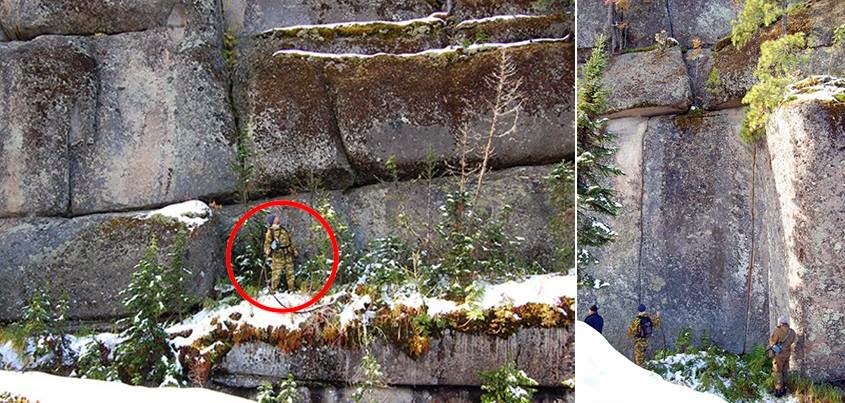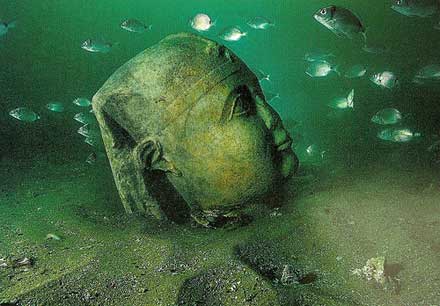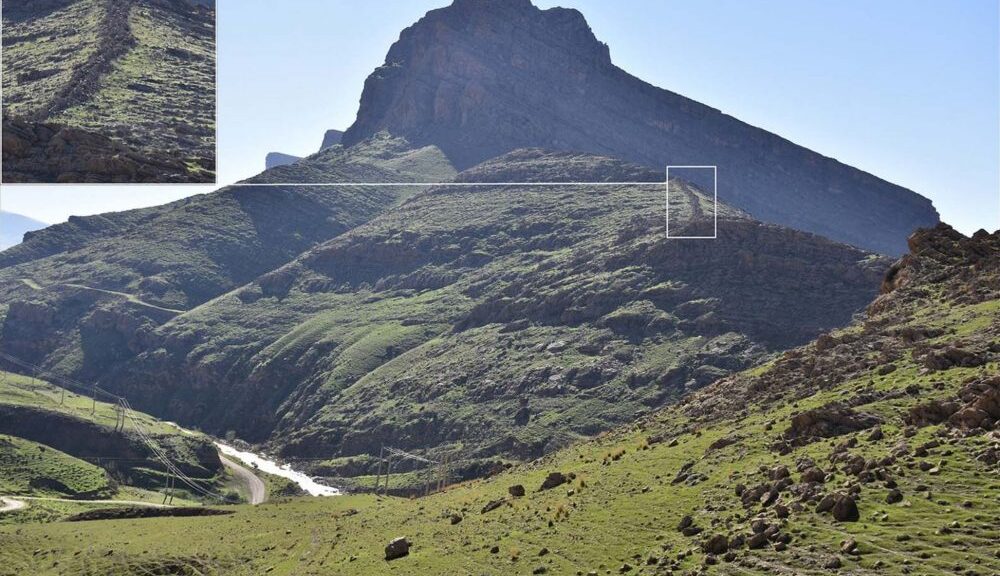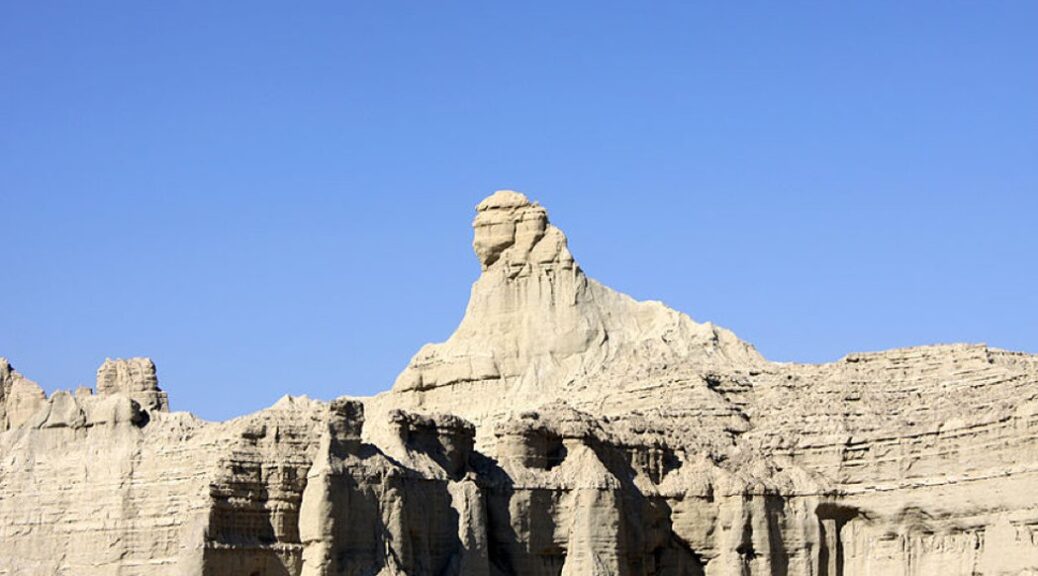17th-Century Gold Bracelet Unearthed in India
In the hilltop complex in Mahad, nearly 160kilometers from Mumbai, the India Archeological Survey, and the Raigad Development Authority (RDA) organize excavations.
Following the news of the finding of a gold bracelet, Shri Sambhajiraje Chhatrapati, a descendent of the Chhatrapati Shivaji Maharaj, visited the fort and had a closer look at the artifact.
“This will help us understand the lifestyle, culture, and architecture of the time period contemporary to Chhatrapati Shivaji Maharaj. I would like to appreciate ASI for their efforts on Raigad excavation and conservation work,” said Sambhaji Chhatrapati, who belongs to the royal family of Kolhapur and a President-nominated Rajya Sabha member.

“A gold ornament (gold bangle) was discovered during excavation. It is possible that such invaluable objects can be found during future excavation,” said Sambhaji Chhatrapati, the chairperson of RDA.
“Till date, many ornaments, vessels, contemporary things used in construction, coins etc has been discovered through excavation,” he said.
In 1674, Shivaji Maharaj made Raigad Fort his capital.
Earlier known as Rairi, Shivaji Maharaj seized the fort from Chandraraoji More, the king of Jawli and a descendant of Chandragupta Maurya, in 1656. For over a decade, it was renovated and strengthened. The villages of Pachad and Raigadwadi are located at the base of the fort.
After the death of Shivaji and thereafter the killing of his son Sambhajil Maharaj in 1689, the fort was captured by Mughals under Aurangzeb, and in 1818, it was the target of an armed expedition of the British East India Company.
Located 820 meters (2,700 feet) above sea level in the Sahyadri mountain ranges, the fort can be accessed by a single pathway comprising 1737 steps.
Surrounded by deep green valleys, the fort has several gateways that enthrall its visitors, namely, the Mena Darwaja, Nagarkhana Darwaja, Palkhi Darwaja, and the majestic Maha Darwaja which is the main entrance to the imperial structure.
There are 21 villages around the Raigad Fort.
The Fort stands as a silent reminder of Maharashtra’s glorious past though the sound of trumpets and drums or the clang of clashing swords and shields are heard no more at this historic monument, which is identified as ‘durgaraj’ (king of forts).
The Britishers had named it “Gibraltar of the East” as the well-fortified structure atop the hill was extremely difficult to access, leave alone conquer. Various landmarks have lent it the credo of ‘Shiva-teerth’.
The fort has attained the status of a holy shrine for the devotees of Lord Shiva as hundreds and thousands of people visit the fort every day not alone for its heritage character and its being a specimen of perfect defense architecture but also for being the seat of their role model, Chhatrapati Shivaji Maharaj, who is well known for valor, courage, administrative acumen, benevolence, and patriotism.
